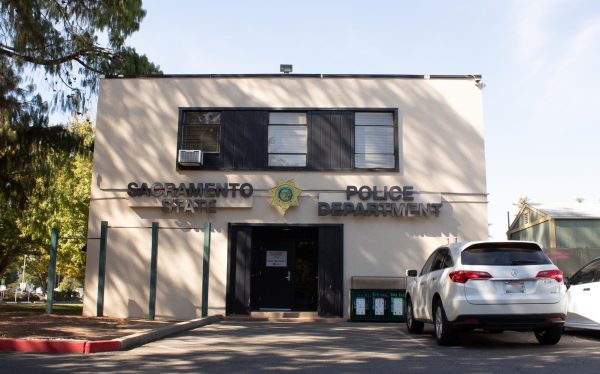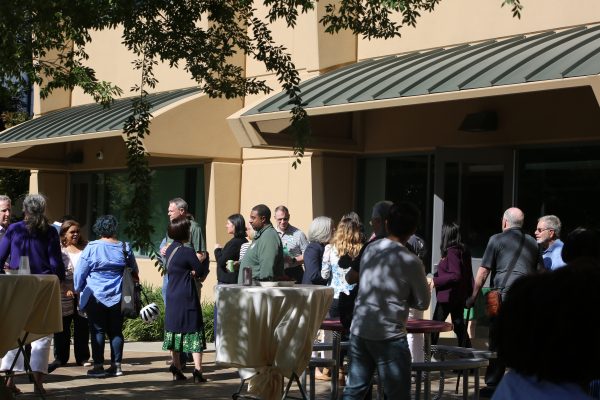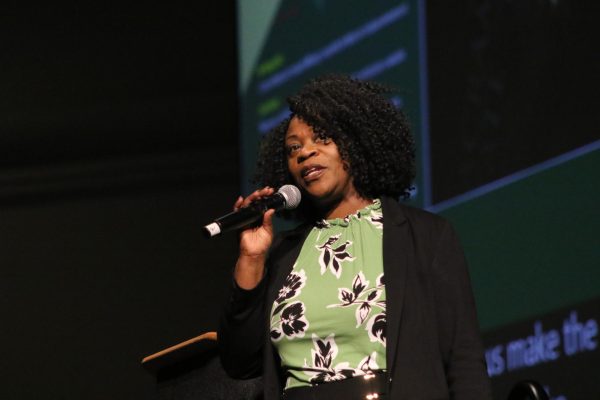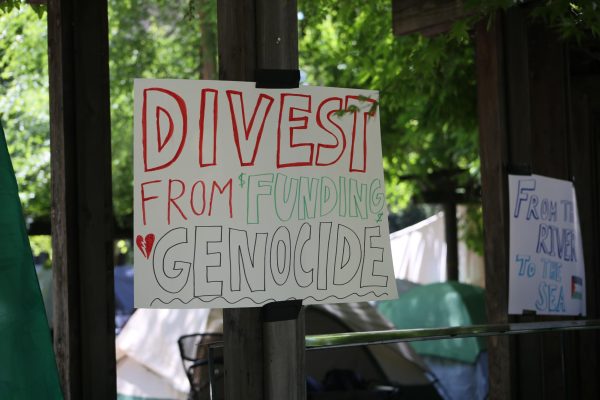Ucovich calls RWEC a ‘collaborative effort’
April 21, 2004
The new RWEC proposal is a “collaborative effort”that has led to the best financial proposal Sacramento State hasseen so far, Associated Students Inc. President Peter Ucovichsaid.
More than 80 students, ASI, the University Union and thepresident’s office have been working together to come up witha proposal, which if it is passed by students, will only coststudents $10 a semester until ground breaking for the new center in2007, Ucovich said.
“Because of that collaborative effort we have been able tosecure from the university, and from the president, a promise thathe will provide over 25 million dollars to fund thisproject,” Ucovich said.
This is different from proposals for such a center in the pastthat have been reliant solely on student fees to pay for such anaddition.
The entire project is contingent on Sacramento State PresidentAlexander Gonzalez coming up with a minimum of $10. If thepresident is unable to make that happen by 2007 then there will beno additional student fees until the president is able to securethat money, Ucovich said.
The plan for the new RWEC is also unique in that students willonly pay $110 a semester after 2007 when Gonzalez has come up withthe initial $10 million to offset the upfront costs atgroundbreaking, Ucovich said.
“That’s totally unique and something unheard of in the CSUsystem in that you are able to get that kind of financialcontribution up front,” Ucovich said.
Ucovich said that without the up-front money from the presidentthere would have to be an increase in student fees immediately tostart building a reserve of money to pay all the initial costs atgroundbreaking. Since the president is coming up with the initialreserve this allows students to get more for less.
The anxiety over new fees is always a concern for students andis the only real opposition that Ucovich sees for the new RWEC.
However, having a privately funded facility would end up costingstudents more in fees on campus in the long run than a buildingthat is made for and built by Sac State, Ucovich said.
“You might as well put a 24-Hour Fitness on campus, tellstudents they are going to be charged through the wa-zoo to utilizethose facilities,” Ucovich said. “You won’t haveany free usage of it.”
The main problem with having a privately funded building oncampus is that the students would then be charged for all of theservices it provides. This would give free land to privateenterprises, which could charge students access every time any ofthe facilities were used.
“We don’t want to just build a building; it’sabout what it provides to the campus,” Ucovich said.
Ucovich also said that with all the new additions planned forSac State that it is only logical to put a center on campus to givestudents something to do.
“There’s not much to do on this campus,”Ucovich said. “You can go to the Union and buy a burrito butthat’s about it.”
Ucovich said the whole idea is to bring the feeling of communityto the campus and make Sac State a place where students want to beand to feel like it’s their home.
Many of the features, such as an 8,000-seat arena, that the newRWEC will provide are staples to other CSU campuses and it is timefor Sac State to catch up, Ucovich said.
“We could have a ton of large events, we could have hugespeakers from student clubs and organizations finally having thespace on campus to do it,” Ucovich said. “Puttingsomething like this on campus just helps.”


































































































































